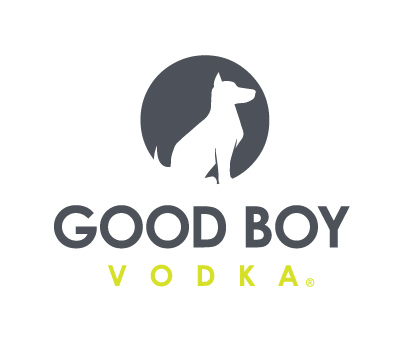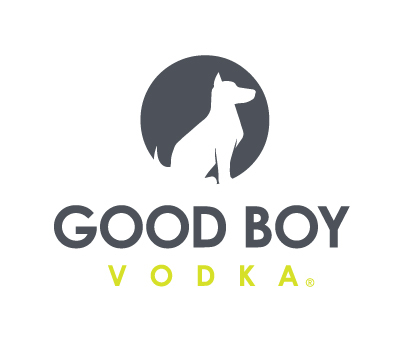FDA Releases Smarter Era of Food Safety Blueprint

The Food and Drug Administration (FDA) has “a new mindset” for managing the food system and on Monday released its New Era of Smarter Food Safety Blueprint after adjusting the initiative during the pandemic.
After it launched last April, the full initiative was set to be announced in March before the pandemic shifted the agency’s attention. In an update last month, the FDA outlined the initiative, noting it had been tweaked based on the food supply chain’s challenges during the pandemic. Deputy commissioner for food policy and response Frank Yiannas said that these issues made the need for this new initiative even more “crystal clear” — and that the food system has some catching up to do.
“The food system isn’t as digitized as other sectors,” Yiannas told reporters on Monday. “Let’s face it: the margins in the food supply chain are thin [and] not as glamorous as in other industries.”
The blueprint’s four pillars include tech-enabled traceability; smarter tools and approaches for prevention and outbreak response; new business models and retail modernization; and food safety culture. These plans will likely take a decade to complete, with a mix of short and long-term goals, starting with tech-enabled traceability, Yiannas said, to help control foodborne illnesses. Eventually it will be possible to trace a contaminated food “rapidly to its source” — within minutes, said FDA commissioner Stephen Hahn in an announcement. ‘Smarter tools’ include a pilot program using artificial intelligence (AI) and machine learning to review imported foods at ports of entry, for example. Additionally, further plans to ensure safe food delivery from grocery stores and restaurants are necessary after these channels “skyrocketed” during the pandemic, Hahn said.
“We must help ensure that as these foods travel to our front doors, they continue to be safe for consumers,” Hahn said. “That concept is important at any time, but COVID-19 has accelerated the need to establish best practices and an industry standard of care.”
The blueprint is a follow-up to the Food Safety Modernization Act (FSMA) enacted in 2011. This “new mindset,” Yiannas said, builds on that progress while adapting a modern, technology-centric approach as the world is “rapidly changing,” with new foods (think cell-cultured meat), production methods and the large shift in the retail landscape.
“We’re in the midst of a food revolution,” Yiannas said. “I believe we will see more changes in the next 10 years than we have in the past several decades.”
This plan, Yiannas noted, strengthens the system both “in the normal course of events but also in a time of crisis.” Along with helping solve the “significant public health challenge” of foodborne illness at retail, Yiannas said, tech-enabled traceability and analytical tools can help reroute food from foodservice and prevent food waste. During the pandemic, the FDA provided label flexibility to help facilitate that.
“We didn’t have a food supply problem; we had a supply chain logistical problem [with] too much food in the wrong places,” he said.
Also during the pandemic the FDA conducted remote domestic (and some import) inspections — something that may continue moving forward, even after on-site inspections resume later this month.
Over 100 FDA leaders coordinated the blueprint, Hahn noted, and received input from 1,500 industry stakeholders via a public meeting and comments in the Federal Register.
Sarah Sorscher, deputy director of regulatory affairs at Center for Science in the Public Interest (CSPI), said the plan covers “broad strokes” to explore rather than providing details. For example, despite mentioning worker safety as an added priority due to the pandemic, Sorscher said the FDA is in a “tight spot” because the Occupational Safety and Health Administration (OSHA) regulates it. FDA-regulated foods have generally not seen shortages during the pandemic, she noted.
“More than USDA [the FDA] has stepped up and tried to show leadership for protections for workers,” Sorscher said. “They’re very closely connected with the food business so what they say matters. It’s vital to our food system that workers stay healthy so this is also about food; having workers sick and unable to do essential jobs can lead to food shortages.”
According to industry organization the Food Industry Association (FMI), the blueprint aligns with “how rapidly business models are changing,” FMI president and CEO Leslie Sarasin said in a release.
“Any new frameworks should be broad in nature and be adaptable with evolving business practices,” Sarasin noted.
















